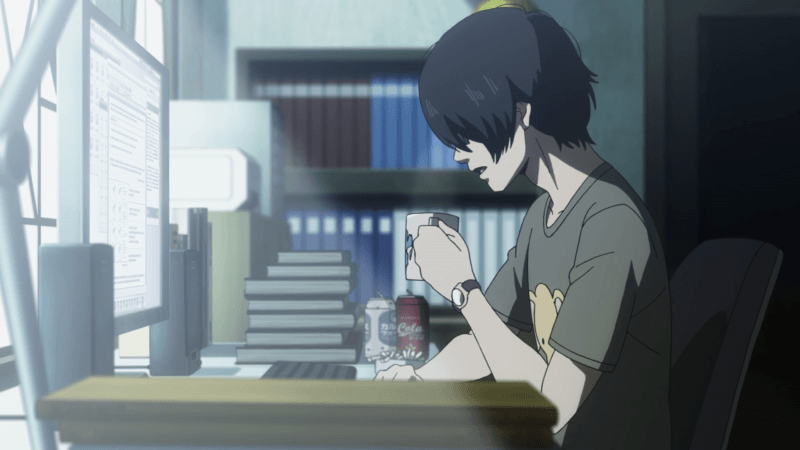
Aside from the library keeping me busy with projects–we are putting in a retro video game library–I have several writing projects in the works. One is nearing publication! Oh, if you are wondering about the retro video game library, I put together a library of NES, SNES, Sega Genesis, Game Boy, and Game Boy Advanced games that our patrons can check out. Of course, we will also have Retron 5 game systems to check out too. I’m excited for this; my library is the only one in the area–perhaps even this side of the state–that will lend these games.
Where was I? Oh, yes! Writing.
My novel Kanzashi releases later this year. I will let you know when pre-orders are available. Kanzashi is the first novel in a new series: Willow and Flower Mysteries. The series follows the life of Mameko, a geiko (or geisha) living in Kyoto during the early 1900s. I have 4 more novels in various states of planning and drafting. Here’s the work-in-progress summary for Kanzashi:
Mameko was born to be a geiko–a geisha of Kyoto. But as her collar-turning nears, one of her patrons is murdered. And she becomes the prime suspect. Rumors and the police investigation jeopardize Mameko’s chance to become a geiko and carry on the family business. Her relationship with her strict mother strains as the family reputation declines.
Mameko must find the murderer and secure a confession to restore her family’s place among the geiko of Kyoto.
I’m also nearing the end of the first draft of my most ambitious single-project so far. I say single-project because I consider Willow and Flower Mysteries on a book by book basis instead of a single project. This helps keep me from feeling overwhelmed. I’ve been rewriting over 200 Japanese folktales. My goal for this project is to make the folktales easier to read. If you’ve read any of the English collections from the late 1800s, you know many are not a casual read. I’ve encountered a few where the gods speak in Latin! Many of the stories are also couched in Victorian observations and sensibilities that we know are wrong. I’ve extracted the stories from this couching and sometimes racist tendencies.
It will be awhile before this project is ready for publication. It doesn’t discount the usefulness of the original English collections, but I wanted to make the folktales more accessible. During my research, I found the English collections closely follow the original oral versions. Some writers like Lafcadio Hearn and William Griffis transcribed all the muddled and confusing contradictions and repetitions their storytellers had. This is useful for folklorists, but not for people who just want to read the stories for fun. The project isn’t exhaustive by any means, but I hope it will make Japanese folklore more accessible for modern readers.
As for JP, I’ve slowed down a little on research-based articles as you’ve likely noticed. I have several anime reviews pending, folklore posts, and editorials. Research articles take time, which I’ve been funneling into the novel and folklore projects. I consider updating perennial articles like “A Look at Gender Expectations in Japanese Society” to reflect recent research. I’ve already done this with “Gender Roles of Women in Japanese Society” and went deeper into recent shifts in “Japanese women work more but still struggle with equality, consent, and sexual harassment”.
Unfortunately, articles about men’s issues haven’t performed as well. I will still write them, but the Men’s Rights groups have cast a pall on the problems men struggle with. I have a research article touching on that in the queue.
Finally, would you like to read chapters from a children’s novel I’ve written? As you might expect, it is based on Japanese folklore. I consider posting a chapter once a month or so as a supplement to my usual Sunday articles.
Do you have other topics you want me to visit? Do you want to see more listicles? And yes, I’ve considered YouTube, but I’m not comfortable with cameras. I would animate instead, but as of right now, I don’t have the time necessary. But I haven’t ruled out the possibility, especially as JP nears its 10-year anniversary. I prefer reading over watching a video for most topics, and this preference makes me resist making videos.

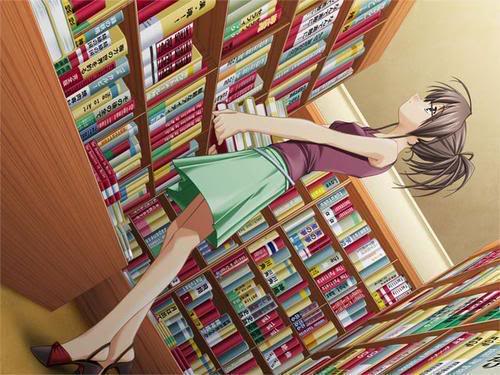
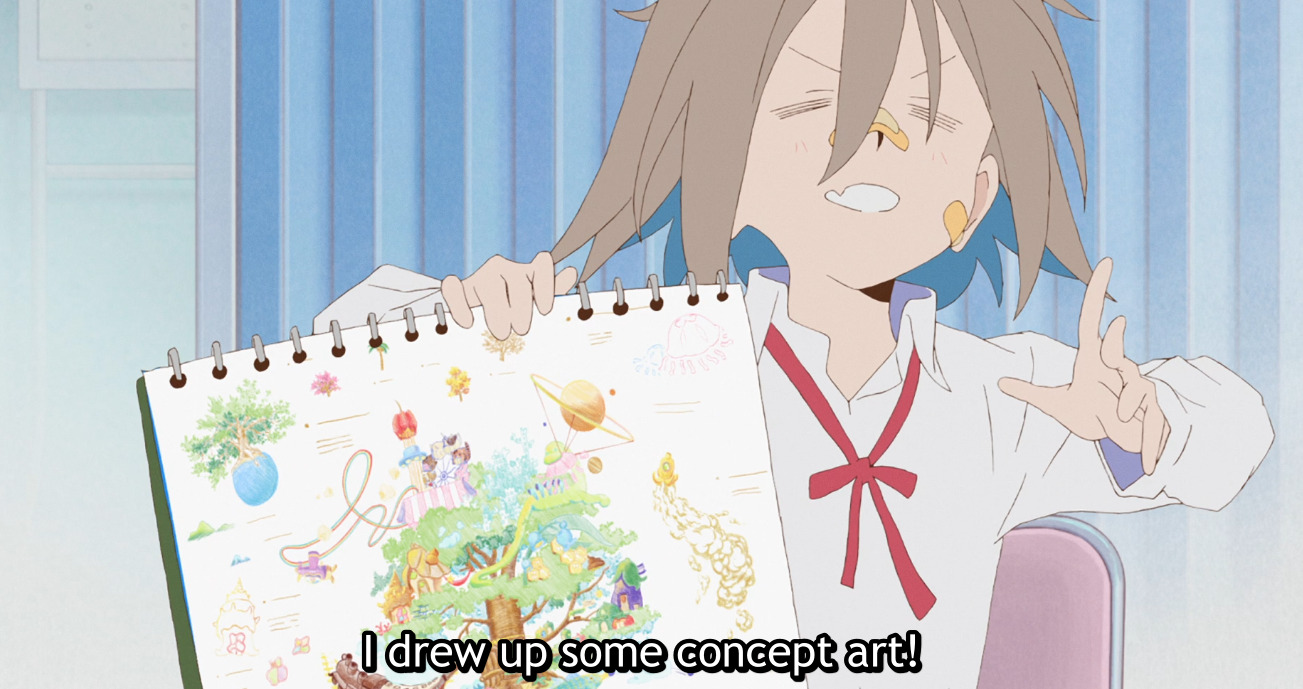
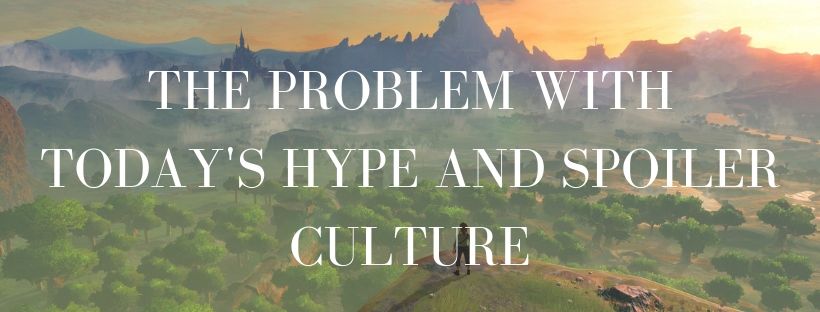
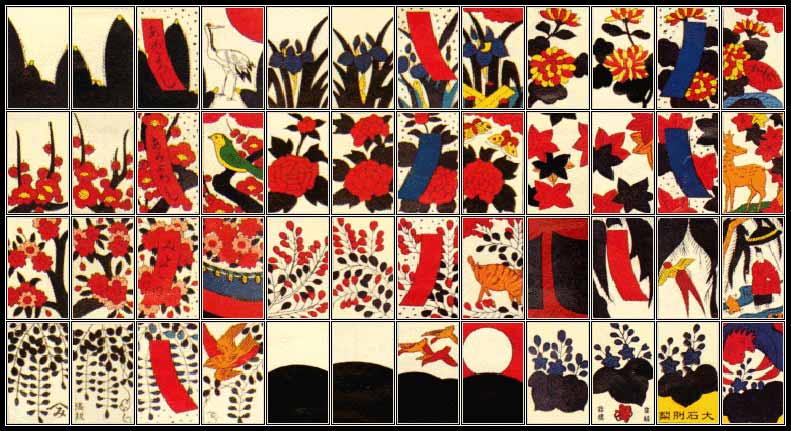
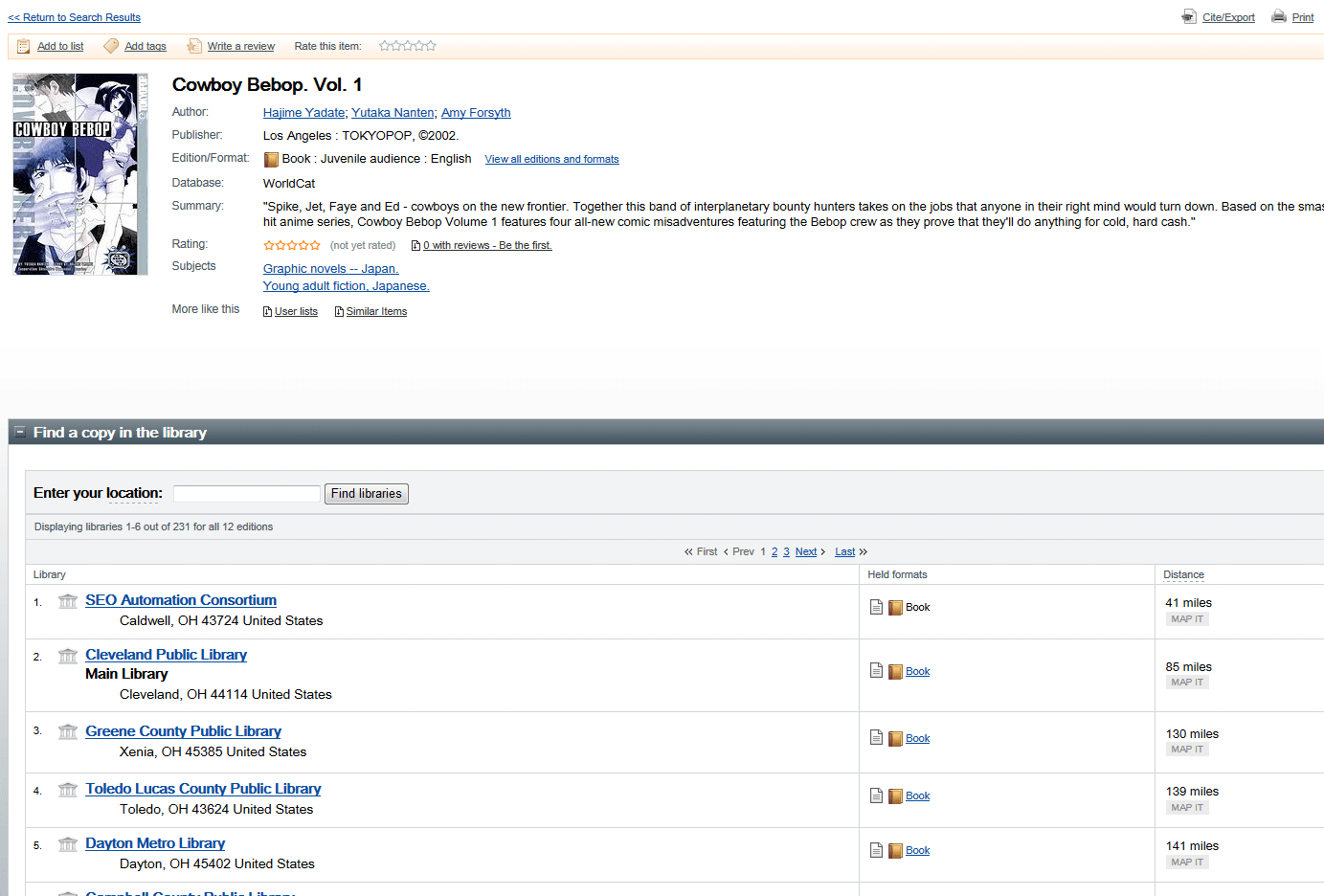
The fact each region of Japan had it’s own version of the same story seems interesting! Focusing on the core story that seem to appear in most of the regional versions makes sense. Do your best!
A video game library dedicated to retro games. That is a nice idea, especially for those who consider themselves to be retro gamers.
Concerning the books you are working on I am looking forward to reading them. I think especially rewriting the stories of Japanese folktales to make them easily accessible while keeping them closer to their authentic Japanese roots is wonderful. I have been thinking about reading Japanese folklore for a while, but if what you said about them translations not being quite as faithful as they should, I would wait until you release your version of these folktales.
Concerning JP articles I am open to reading what you have to say about men and the issues they face, as well as interesting in reading your post on Japanese folklore and your editorials. I have been enjoying reading your research articles and learning about Japanese history and society that I never knew about before. Also I can relate to you with the idea of vlogs. While I do not mind listening to people voice their thoughts on video, I personally do not like to see myself on camera as well. Plus I do not like how my voice sounds on camera. I sound like I have an entire different voice/accent that does not match how it sounds in reality). I am more comfortable with expressing my thoughts through writing.
We’ve had a lot of excitement from our patrons so far. There’s going to be a lot of retro-game battles between parents and their children!
Well, my project isn’t really aiming for faithfulness. I’ve discovered a single story can have as many as ten variations! My goal is to capture the spirit of the stories and make them friendlier to modern readers. That means I have to interject a lot of my own “mortar”, so to speak, to make the stories more readable. I’ve added more dialogue and flattened some of the poetry. It’s a balancing act, and I’m sure some people will dislike the decisions I’ve made.
I wonder how that is going to play out with the competitive play between parents and adults.
As for your projects I understand what you are going for. Aiming to capture the spirit of those stories would be more practical then to be faithful to them as when I thought about it only the people who came up with those folktales could do that. Also while I heard/read the same stories being retold I never knew it was a set number of times. Did you figure that out by reading enough of the same folk stories?
I’m curious to see how this will play out too. It should be fun!
Yes, I’ve read quite a few variations of the same stories. Sometimes the changes are small, like naming a nameless character. Other times, the story changed quite a bit. Kunio Yanagita in his folklore examinations found many regions had their own versions of stories. I decided to focus on the core story–at least the elements most regions shared–just like Yanagita, Griffis, and Hearn did.
congrats and good luck with the book.